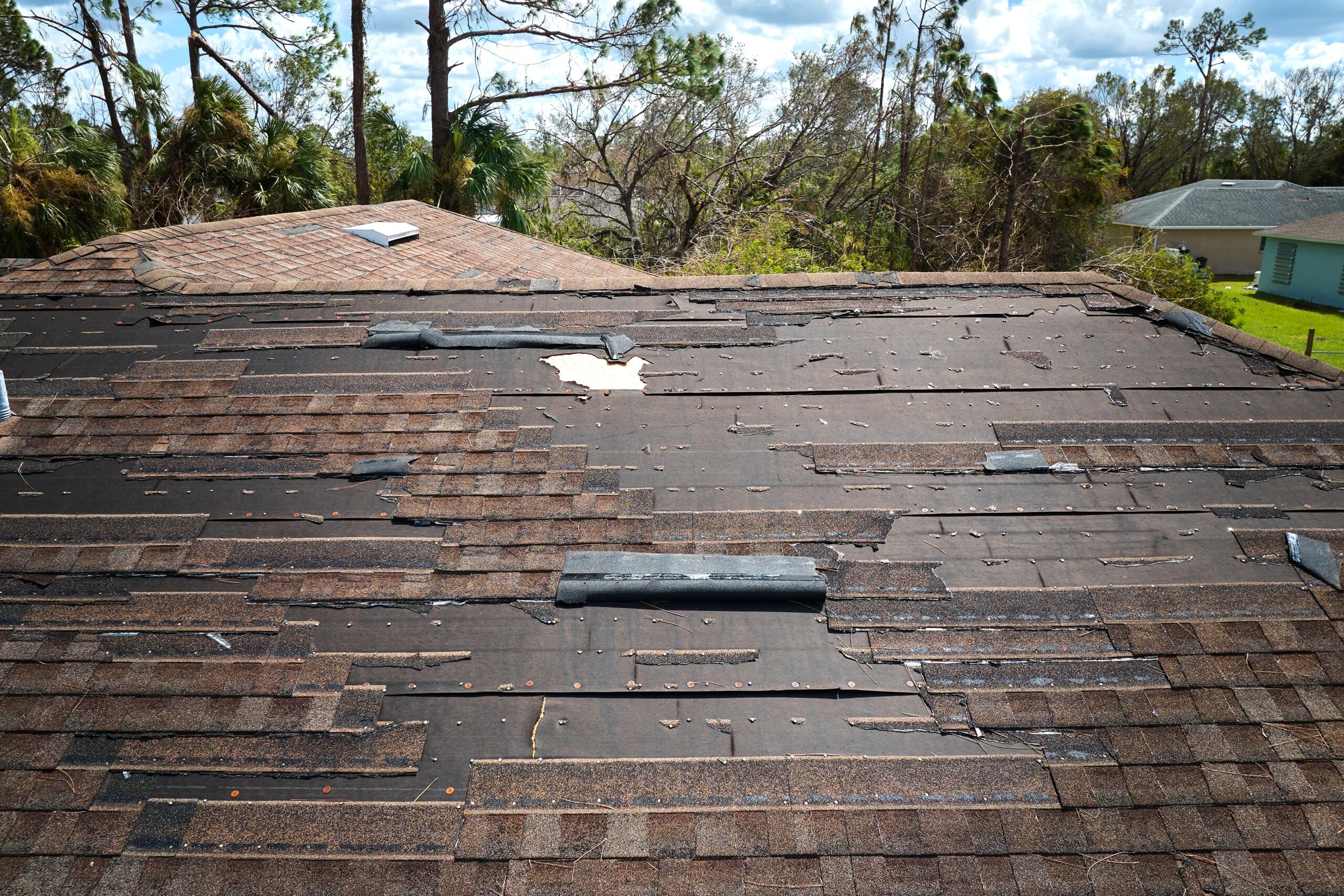Why Regular Flat Roof Inspections are Critical
Flat roofs require diligence and foresight to sustain their integrity and functionality. Regular inspections are pivotal in preempting serious damage that can accrue with neglect. By systematically evaluating the condition of your flat roof, you can intercept issues like leaks, structural weaknesses, and insulation failures before they evolve into costly repairs. As seasons change, especially in areas prone to severe weather fluctuations such as Cleveland, TN, these inspections become even more crucial. They help maintain the roof’s performance and significantly longevity by nipping problems in the bud.
Understanding Flat Roof Inspection
An effective flat roof inspection is a thorough process that scrutinizes every facet of the roofing system to ensure peak condition. It is a specialized procedure that assesses the roof’s membrane, flashings, drainage, and structural components for signs of wear or damage. Conducting these inspections regularly not only safeguards the roof’s status but also improves building safety and energy efficiency. The benefits are far-reaching, particularly for commercial entities that rely on their premises to remain operational without interruption.
Before You Begin: What You Need to Know
Timing is paramount when planning flat roof inspections. Seasonal shifts, especially in Cleveland, TN, bring varied weather patterns, making spring an optimal time for examination. Accumulated winter snow and ice can leave
Essential Tools for an Effective Inspection
To conduct a thorough flat roof inspection, certain tools are essential. A sturdy ladder for safe access, a tape measure for detecting physical changes in roof materials, and a notepad for recording observations are fundamental. Moreover, a digital camera or smartphone can be invaluable for documenting the condition before and after repairs. Don’t overlook the importance of personal protective equipment such as gloves and non-slip shoes, ensuring safety is prioritized during the inspection process.
Step-by-Step Spring Roof Maintenance Tips
Spring maintenance is vital in preserving the integrity of a flat roof. Begin by removing debris that has accumulated during the winter months. Pay special attention to the roof’s drainage system; gutters and downspouts must be clear to prevent water buildup. Assess the roof surface for signs of damage or wear. Look for cracks, blisters, or punctures in the roofing membrane caused by the freeze-thaw cycles typical in places like Cleveland, TN.
Examine for Proper Drainage
In Cleveland, ensuring proper drainage is critical during your spring roof maintenance routine. Flat roofs must have efficiently designed drainage to avoid standing water. Pooling water can lead to expedited deterioration of the roof membrane and put your building at risk for leaks. Regular checks post-winter can avert such issues, maintaining the longevity and health
Final Steps in Your Seasonal Roof Inspection
Completing your flat roof inspection checklist involves more than just identifying current issues. It’s also about proactive prevention and maintenance. Ensure that all flashing and edging are securely attached and free from corrosion. These areas are crucial for preventing water ingress and protecting the roof’s perimeter. It’s also important to inspect and clean rooftop HVAC units, vent pipes, and other protrusions, as these can be points of vulnerability if not well-maintained.
Creating a Preventative Maintenance Plan
Preventative maintenance is key to extending the life of your flat roof. Based on your inspection findings, develop a maintenance schedule to address minor repairs promptly. This may include re-sealing seams, patching small punctures, or reinforcing flashing as needed. By having a plan in place, you can ensure that your flat roof is always in top condition, minimizing the risk of emergency repairs and extending the roof’s overall lifespan, particularly in the face of Tennessee’s contrasted seasons.
Record and Schedule Follow-Up Inspections
Documenting your findings during the inspection is crucial for historical data and future comparison. Detailing the roof’s condition and any corrective actions taken helps to track its aging process and the effectiveness of maintenance efforts. Schedule your next inspection
Handy Tips
Tip 1
Examine the roof for pooled water that may settle after Cleveland’s spring rains, as flat roofs are prone to this issue.
Tip 2
Search for distress in the roofing membrane, including blisters, cracks, or holes, which are common after the winter season giving way to spring.
Tip 3
Double-check that the flashing is whole and effectively sealed to keep the interior dry during Tennessee’s intense spring downpours.
Tip 4
Make sure the gutters and downspouts are free from blockages to facilitate smooth water runoff, a critical task in spring’s wet conditions in Cleveland.
Tip 5
Be on the lookout for any signs of plant life such as moss on the roof, as this could reveal persistent dampness, an issue often exacerbated by spring’s humidity.
Commonly Asked Question
Why are regular flat roof inspections important?
Regular flat roof inspections are crucial as they preempt serious damage such as leaks, structural weaknesses, and insulation failures. These inspections are especially critical for areas like Cleveland, TN, with severe weather fluctuations, as they help maintain the roof’s performance and significantly contribute to its longevity by addressing problems early on.
What tools do I need for an effective flat roof inspection?
To carry out an effective flat roof inspection, the essential tools include a sturdy ladder, a tape measure, a notepad for noting observations, and a digital camera or smartphone for documenting the roof’s condition before and after repairs. Personal protective equipment like gloves and non-slip shoes is also necessary to ensure safety during the inspection.
What are some key maintenance tips for spring?
Key spring maintenance tips for a flat roof include removing debris accumulated over the winter, ensuring that gutters and downspouts are clear to prevent water buildup, and checking the roof surface for any damage or wear, such as cracks, blisters, or punctures. Proper drainage is critical to prevent standing water that can deteriorate the roof membrane.
How does proper drainage affect flat roof health?
Proper drainage is essential for flat roof health as it prevents standing water, which can cause expedited deterioration of the roof membrane and increase the risk of leaks. Ensuring that the drainage system is efficient and clear of obstructions

